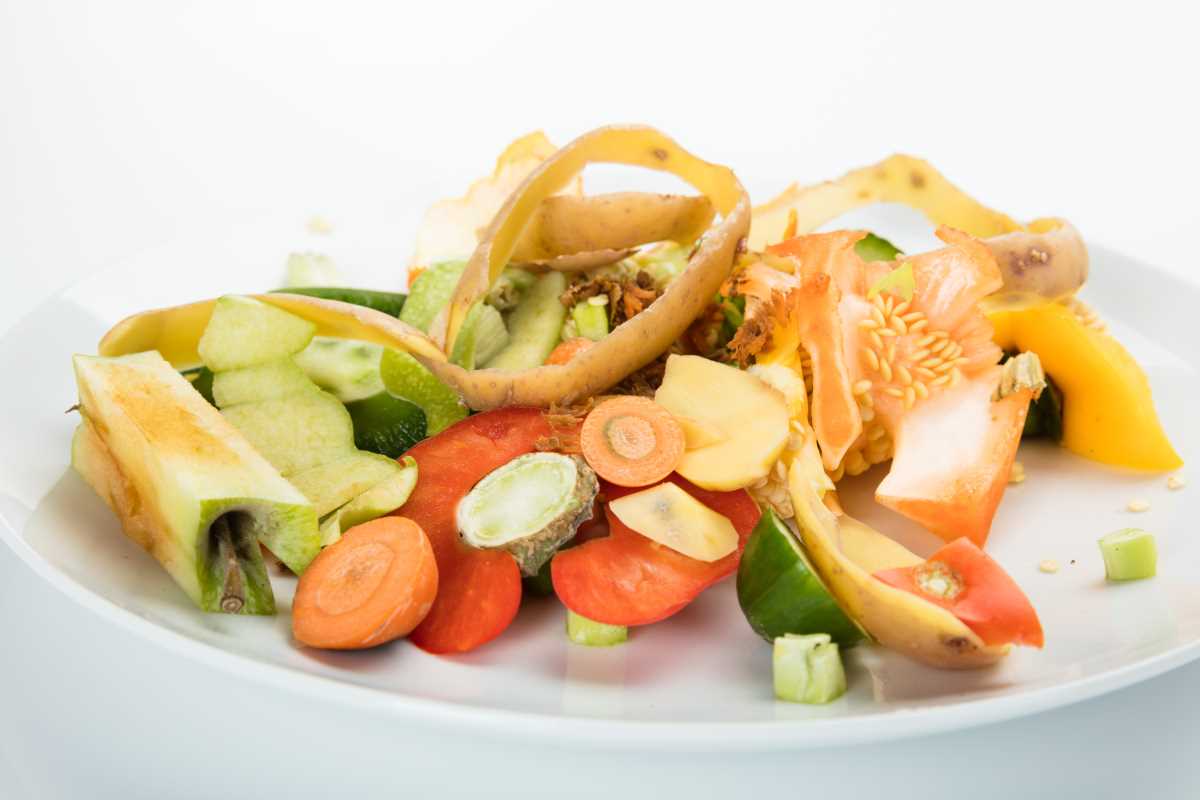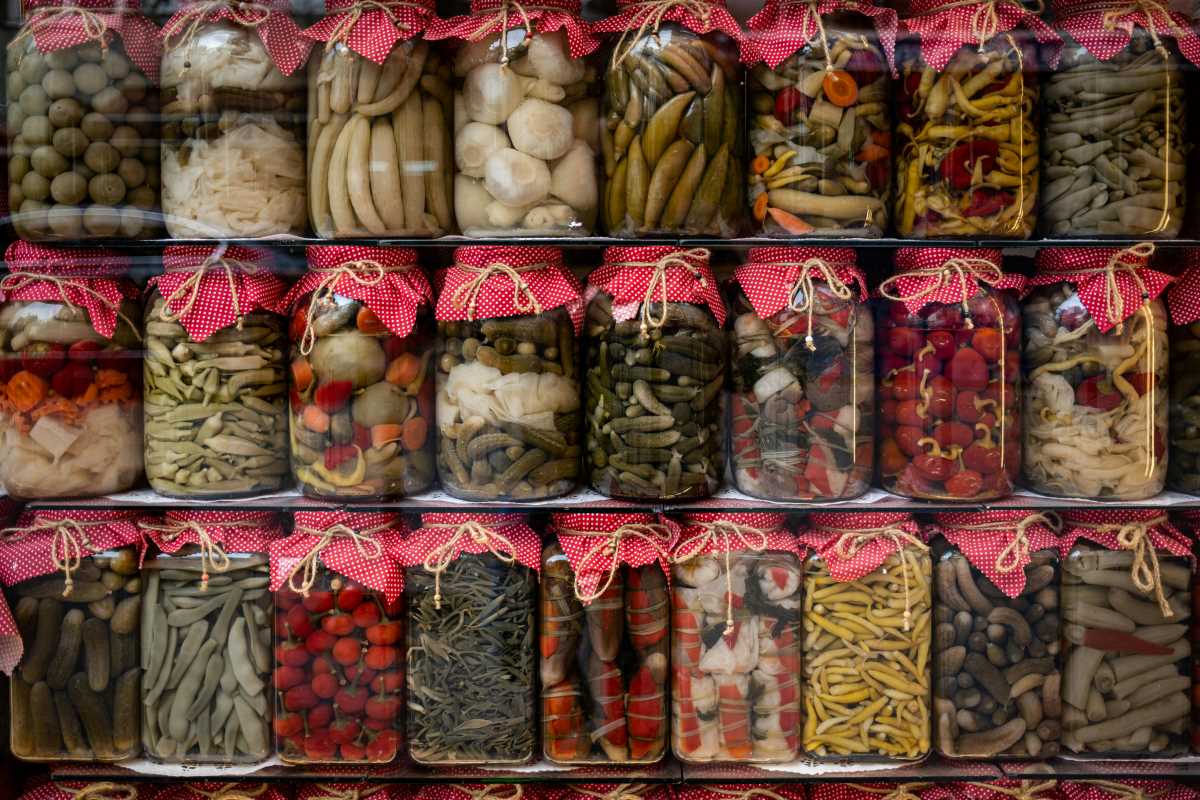Many people who enjoy organic gardening find that learning about composting brings new life to their gardens. Understanding how to create and maintain a compost pile allows you to turn kitchen leftovers and yard debris into rich, natural fertilizer. As you work with compost, you can watch your soil improve and feel proud knowing you have made a positive impact on your environment. This guide takes you beyond simple composting, sharing detailed methods for producing high-quality compost that supports healthy growth and bigger harvests. By following these tips, you can make the most of your garden and enjoy the results of your efforts season after season.
Exploring creative composting methods helps you save money and reduce waste, while also creating a healthier environment for your plants. Each method presents a unique approach tailored for different gardening needs and can be easily adapted with a bit of patience and experimentation.
Composting Fundamentals
At its core, composting is a natural process that transforms organic waste into a rich soil amendment. You keep a balanced mix of carbon-rich materials (browns) and nitrogen-rich materials (greens) to speed up decomposition and prevent unpleasant smells. A good compost pile also needs moisture and air to support the microbial activity that breaks down waste.
This process gives new life to items many of us consider trash, turning them into a resource for healthier plants. Key principles include:
- Balancing browns (dead leaves, paper, straw) and greens (vegetable scraps, grass clippings)
- Maintaining proper moisture—keeping the pile damp but not soggy
- Turning the pile occasionally to introduce air
- Allowing enough time for the materials to break down naturally
Technique 1: Hot Composting for Fast Decomposition
Hot composting harnesses high temperatures to break down materials quickly. You need to pay close attention to detail because microbial activity generates the heat that accelerates decomposition. You can produce finished compost in just a few weeks if you keep conditions ideal. Hot composting also helps destroy weed seeds and pathogens.
Follow these steps when starting your hot composting process:
- Gather a mix of green and brown materials in equal proportions to create a balanced pile.
- Ensure the pile is large enough—typically at least 3 feet by 3 feet—to retain heat.
- Add water gradually, keeping the pile moist but never waterlogged.
- Turn the pile every week to redistribute heat and oxygen throughout.
- Monitor the temperature with a compost thermometer and adjust materials as needed.
Technique 2: Vermicomposting Using Worm Bins
Vermicomposting involves using a bin filled with specific worms, such as red wigglers, to process organic waste. It provides an easy way to recycle kitchen scraps without needing a large compost heap. This method creates nutrient-rich worm castings that can help plants grow better.
Some benefits include faster breakdown of organic matter, less odor if you maintain it properly, and minimal space requirements. Keep your worm bin in a cool, dark place, and avoid overloading it with too much citrus or onion, as these can harm the worms. Regularly add bedding material like shredded newspaper and monitor moisture levels to keep the worms comfortable and active.
Technique 3: Bokashi Fermentation
The Bokashi fermentation uses naturally occurring microbes to ferment food waste in an oxygen-free environment. It differs from traditional composting by handling waste in a sealed container, making it a neat solution for small outdoor spaces. The process occurs slower than hot composting but can process meat and dairy scraps.
Consider these tips when using Bokashi:
- Keep the bin sealed as much as possible to maintain an oxygen-free environment.
- Add a Bokashi bran inoculant to boost fermentation.
- Layer food waste and bran evenly to ensure effective processing.
- Notice the slight sour smell, which indicates successful fermentation.
Technique 4: Trench and Sheet Composting
Trench and sheet composting do not require a dedicated pile or bin, making them ideal for gardeners who prefer a low-maintenance approach. You can dig trenches alongside your garden beds or directly layer organic matter on the soil surface. These methods improve soil structure while reducing labor and turnaround time.
For trench composting, dig a shallow trench near the plants and fill it with kitchen scraps and yard trimmings. Cover the trench with soil and let the materials decompose slowly. Sheet composting involves spreading a thick layer of organic material over a garden bed and covering it with mulch. This slow-release method feeds the soil over time, helps suppress weeds, and retains moisture.
Technique 5: Using Compost Teas and Extracts
Compost teas provide a liquid form of compost that nourishes plants directly through their roots. You make compost tea by steeping finished compost and aerating it to encourage beneficial microorganisms. This method lets you quietly enrich specific areas of your garden.
Here’s a simple DIY guide to prepare your compost tea:
- Place a shovelful of finished compost in a burlap sack or mesh bag.
- Submerge the bag in a 5-gallon bucket of water and let it steep for 24 to 48 hours.
- Stir the water every few hours to increase oxygen levels, which boosts microbial activity.
- Strain the tea if necessary, then use it to water plants or spray over garden beds evenly.
Experimenting with additional ingredients like seaweed extracts or a small amount of molasses can further promote microbial growth in your tea, providing even more benefits.
The advanced composting methods outlined here give you practical ways to change your gardening routine. They allow you to improve soil quality, cut down on waste, and enjoy a more lively garden without overcomplicating the process.
With curiosity and time, you can make gardening enjoyable by recycling and nourishing your soil. Try these techniques, adjust them for your needs, and watch your organic garden flourish.






.jpeg)
